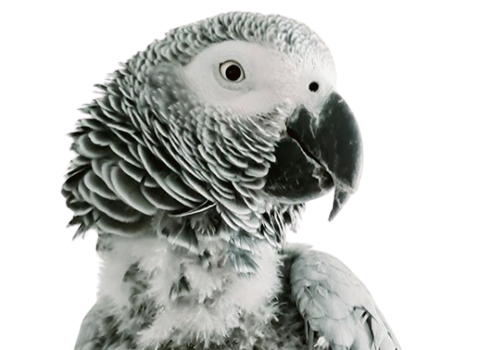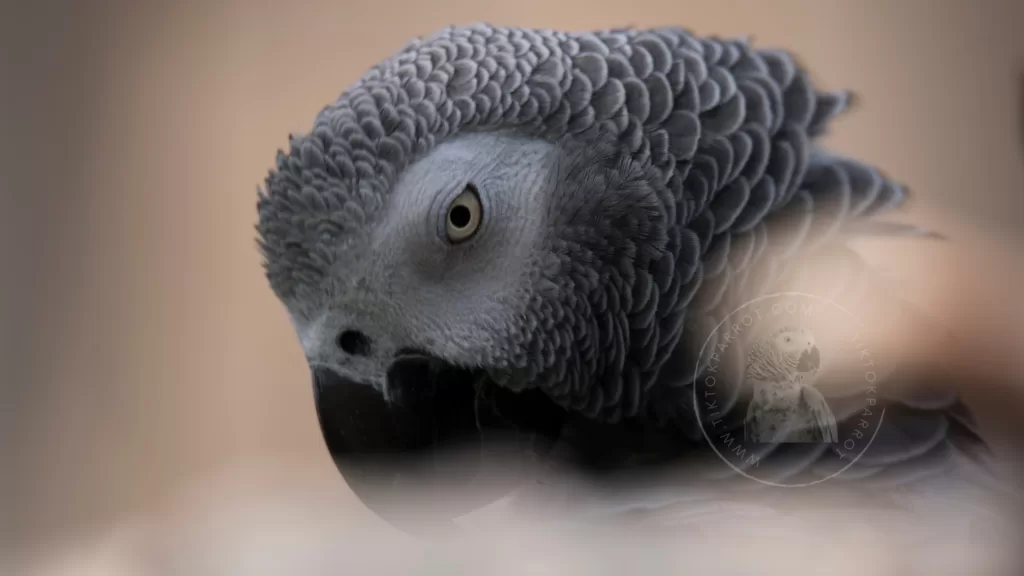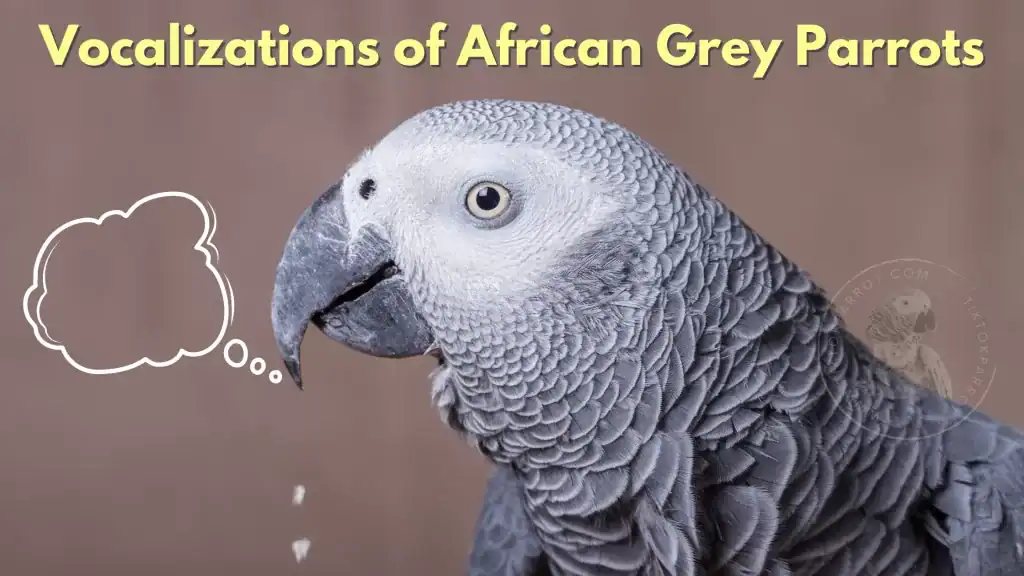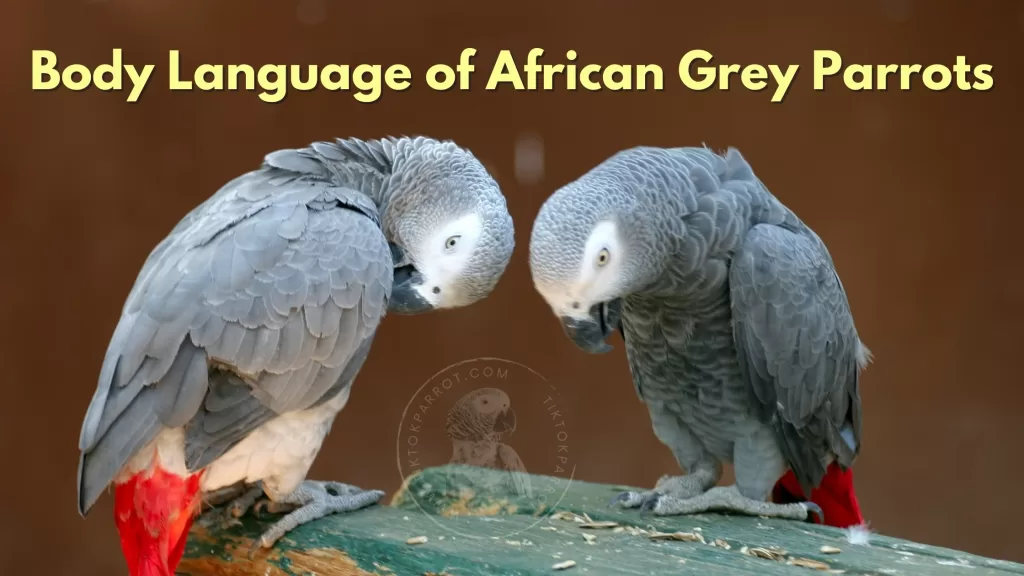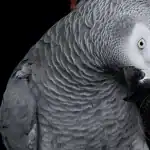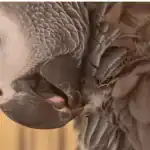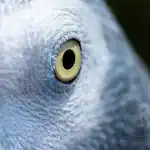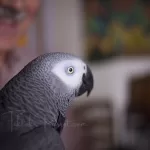African Grey Parrots are known for their intelligence and ability to mimic human speech, but they also communicate with a complex system of vocalizations and body language.
Understanding these signals is essential for owners to provide proper care and build a strong bond with their feathered companions. In this article, we will explore the various ways African grey parrots communicate and how to decipher their messages.
Discover the secrets of communicating with your African grey parrot through vocalizations and body language! Learn to decipher their signals and strengthen your bond with these intelligent birds.
Introduction
Grey Parrots are native to the rainforests of West and Central Africa and are highly sought after as pets due to their exceptional cognitive abilities and friendly personalities.
These birds are known for their impressive mimicry of human speech, but they also have a vast repertoire of vocalizations and body language that they use to communicate with each other and their human companions.
Vocalizations of African Grey Parrots
African Grey Parrots are incredibly vocal birds, and they use their voices to communicate a range of emotions, needs, and desires. Here are some of the most common vocalizations and their meanings:
1. Squawking
Squawking is a loud, harsh noise that grey parrots make when they are excited, agitated, or feeling threatened. It can also indicate that they are hungry or thirsty and want attention from their owner.
2. Chirping
Chirping is a soft, melodic sound that greys make when they are content and happy. It is also a sign that they are relaxed and comfortable in their environment.
3. Whistling
Whistling is a common vocalization among African greys, and it can have various meanings depending on the pitch and tone. Higher-pitched whistles can indicate excitement or anticipation, while lower-pitched whistles can signal contentment or a desire for attention.
4. Mimicking
African grey parrots are famous for their ability to mimic human speech, and they use this skill to communicate with their owners. When they repeat words or phrases, they are often trying to get attention or convey a specific message, such as asking for food or water.
Body Language of African Grey Parrots
In addition to their vocalizations, these parrots also communicate through their body language. Understanding these cues can help owners determine their bird’s mood and needs.
Here are some of the most common body language signals and their meanings:
1. Feather Position
The position of an African grey’s feathers can indicate its emotional state. When they are relaxed and content, their feathers will be smooth and flat against their body. If they are feeling agitated or threatened, their feathers will puff up, making them appear larger and more intimidating.
2. Eye Pinning
Eye pinning is when an grey Parrot’s pupils rapidly dilate and contract. It can indicate excitement, fear, or aggression, depending on the context. Owners should be cautious when their bird’s eyes are pinning, as it can be a sign of an impending attack.
3. Head Bobbing
Head bobbing is a common behavior among African greys, and it can have various meanings. When they are excited or playful, they may bob their head up and down quickly. However, if they are bobbing their head slowly and deliberately, it can be a sign of stress or discomfort.
4. Wing Flapping
Wing flapping is a natural behavior for greys, but it can also indicate a desire for attention or exercise. If they are flapping their wings excessively, it may be a sign that they are feeling restless or bored.
Final Thoughts
African grey parrots have a unique and complex system of communication that goes beyond their impressive mimicry of human speech. By understanding their vocalizations and body language, owners can provide better care, build stronger bonds, and enhance the overall well-being of their feathered companions.
By paying attention to their parrot’s cues and responding appropriately, owners can create a happy and fulfilling life for their beloved pets.
If you found this blog helpful, It would be great if you could share it with your family and friends who might find it useful as well.
You might like to read these as well 🙂
The Battle of the Birds: African Grey Parrot vs Macaw
African Grey Parrot Male or Female? (Determine Gender of African Grey)
Is Your African Grey a Jealous Bird? Here’s What You Need to Know!
The Surprising Benefits of Owning an African Grey Parrot
African Grey Parrots: The Ultimate Guide to Care and Training
Unlock the Secrets of Choosing the Perfect African Grey Parrot
The Importance of a Cage for Your African Grey Parrot
Understanding of Grey Parrot’s Body Language
For more useful content about African grey parrots, you can subscribe my site with your email to get notification upon publishing a new blog, the subscribe box you can see on the right side of this page. Also if you get an alert on your web browser while browsing my site, allow it and that will also give you an alert whenever I publish a new blog. 🙂
Stay safe and much love !


If you are interested in supporting me, kindly consider utilizing my affiliate link for your Amazon purchases. Your support would be greatly appreciated
